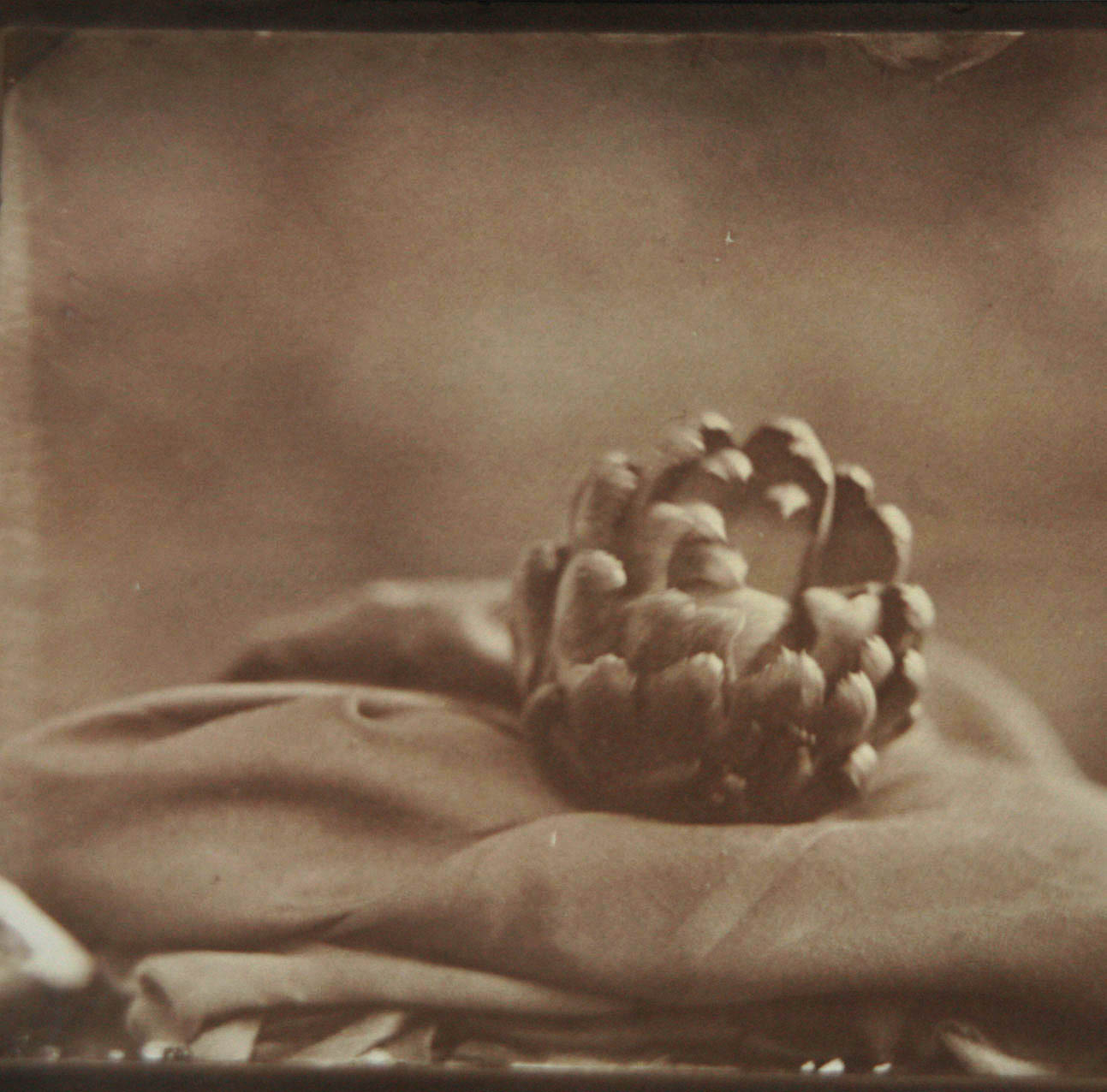
Salt prints
were the earliest positive prints and were invented by William Henry Fox Talbot in 1840, as a direct development from his earlier photogenic drawing process. A salt print is made by soaking a sheet of paper in salt solution and then coating one side with silver nitrate. This produces light sensitive silver chloride in the paper. After drying, the paper is put directly beneath a negative, under a sheet of glass, and exposed to sunlight. Salt prints were made until about 1860 having been gradually replaced by the albumen print which gave a clearer image although the process was sometimes revised later.
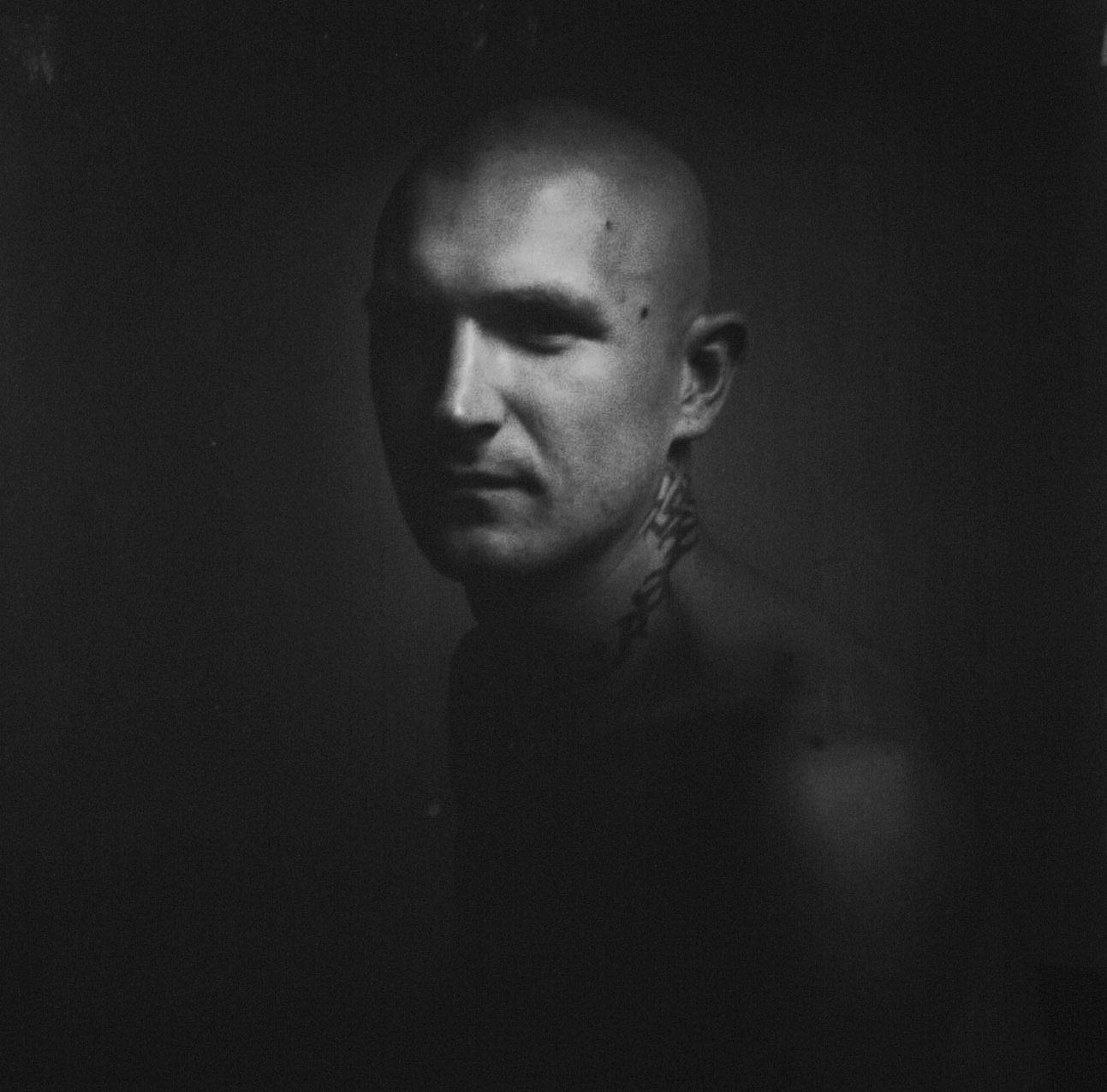
The gelatin silver process
was the a primary form of visual documentation in the 20th century. A suspension of silver salts in gelatin is coated onto a support such as glass, flexible plastic or film, baryta paper, or resin-coated paper. These light-sensitive materials are stable under normal keeping conditions and are able to be exposed and processed even many years after their manufacture. Currently only a small number of companies still produce Black and White photographic paper.
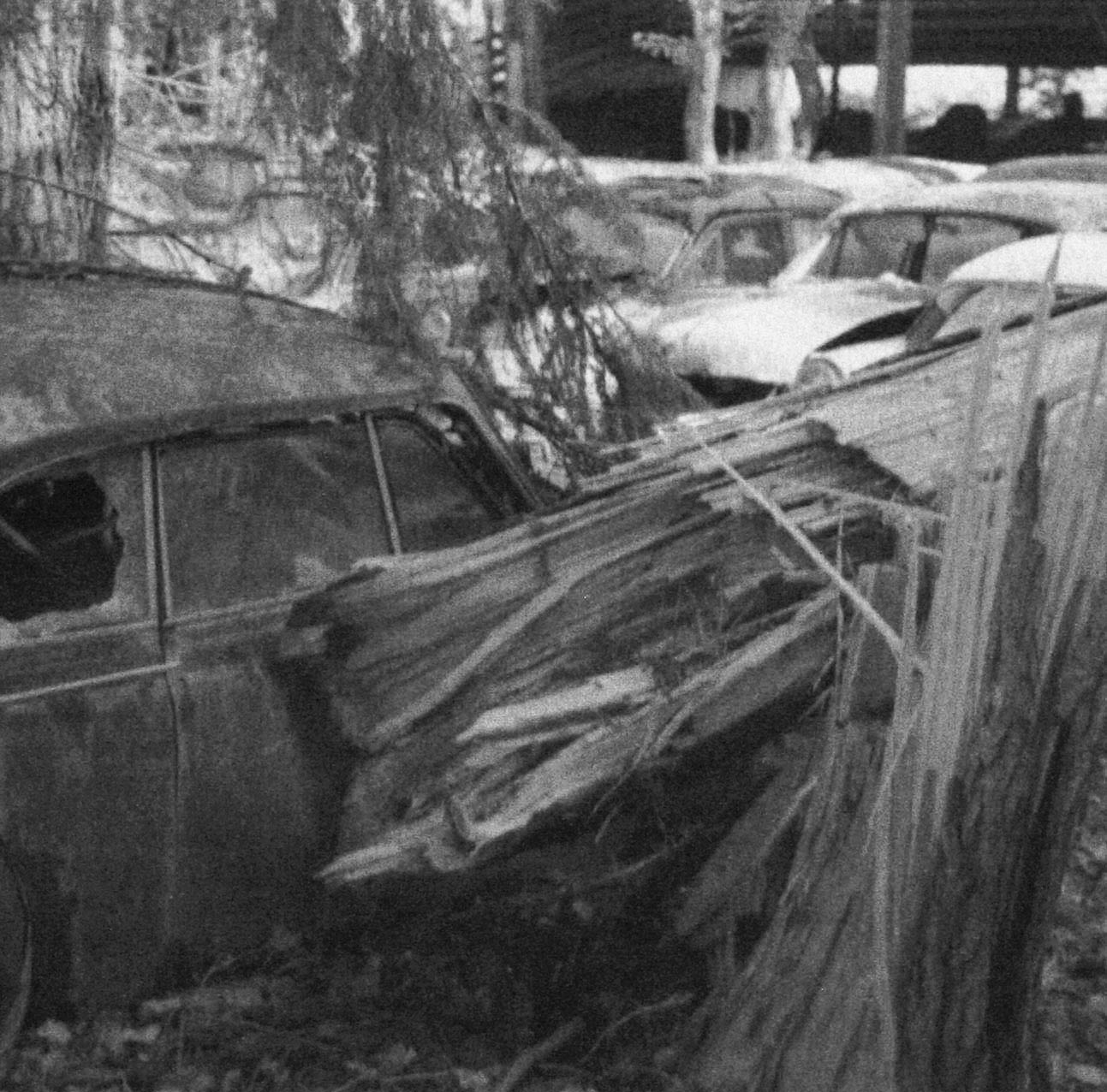
Collodion Wet Plate
In 1851, the Englishman Frederick Scott Archer discovered that collodion could be used as an alternative to albumen on glass plates. This also reduced the exposure time when making the image. This became known as the wet plate Collodion. Collodion was also grainless and colorless, and allowed for one of the first high quality duplication processes, also known as negatives. This process also produced positives they are called Ferrotypes.
The whole process is done in a matter of minutes, which means that the photographer has to carry the chemicals with him wherever he goes and a darkroom is needed.
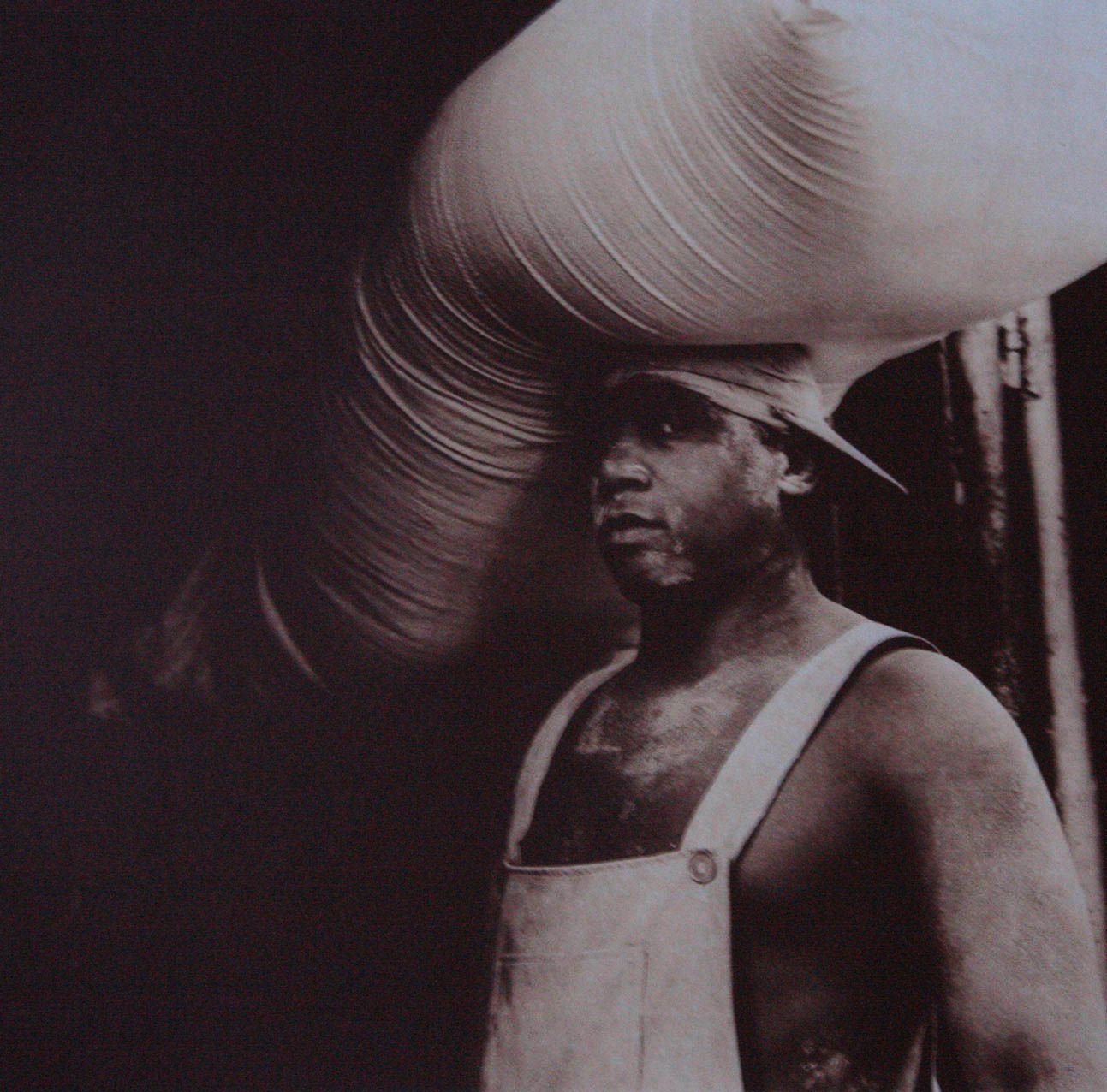
Platin and Palladium Printing
This is a monochrome photographic printing process, based on the light-sensitivity of ferric oxalate. The ferrous oxalate reacts with platinum or palladium reducing it to basic platinum, which builds up the image. When the process was invented it was relatively cheap, but it quickly became more costly. At present a gramm of platinum cost around $ 40. The light sensitive chemicals are mixed from powdered basic chemicals, then hand applied with a brush.
Because of the non-uniformity of the coating and mixing phases of the process, no two prints are exactly the same.
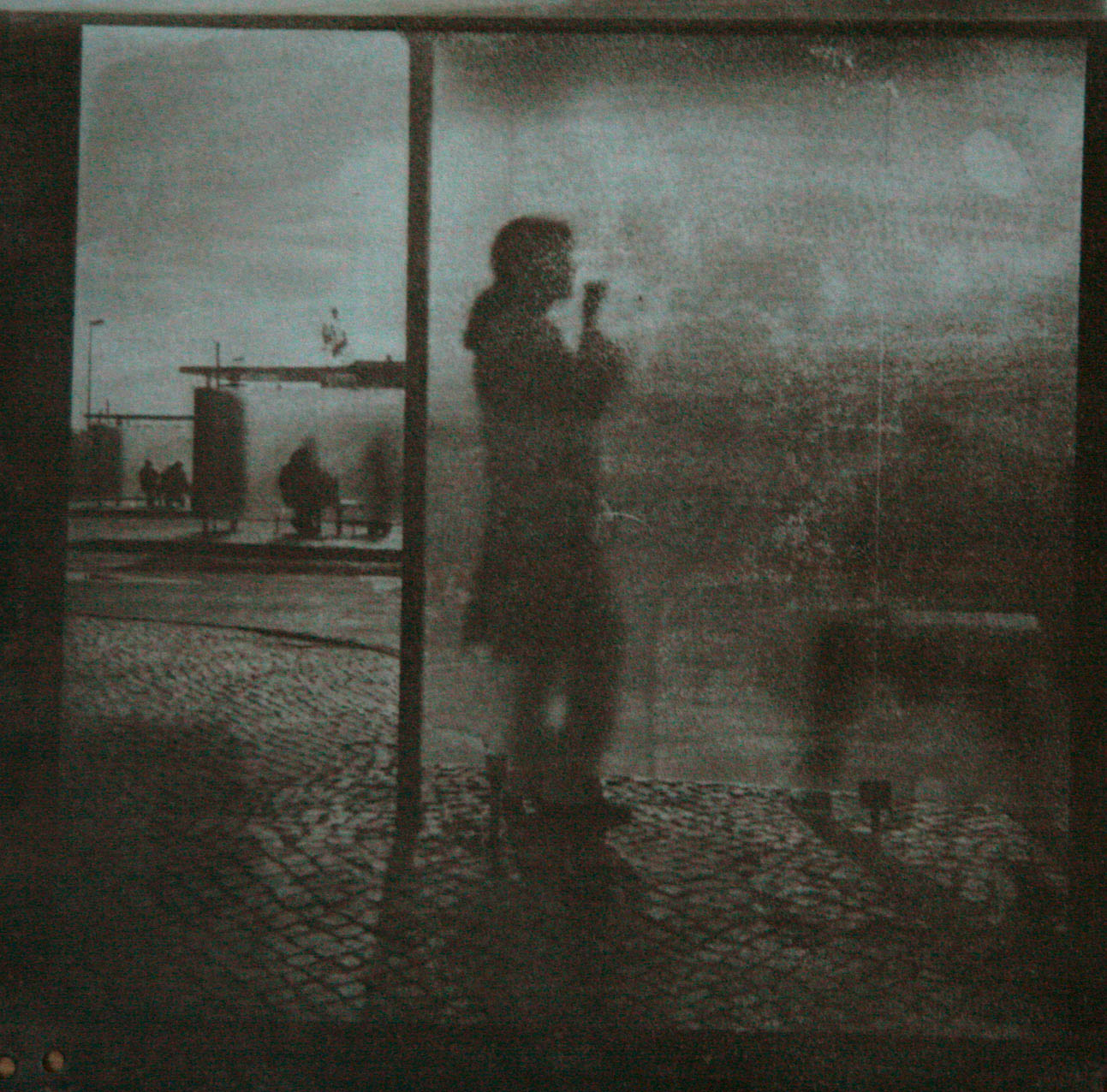
Gum over platinum
is a historical chemical photographic process, which was commonly used in art photography. It is a very complex process, in which a specially-treated platinium print photograph is coated with washes of gum arabic, then re-exposed to the same photographic negativ. The finished process results in a sepia toned print, and has impart added luminosity and depth. It is sometimes called 'pigment over platinum'.
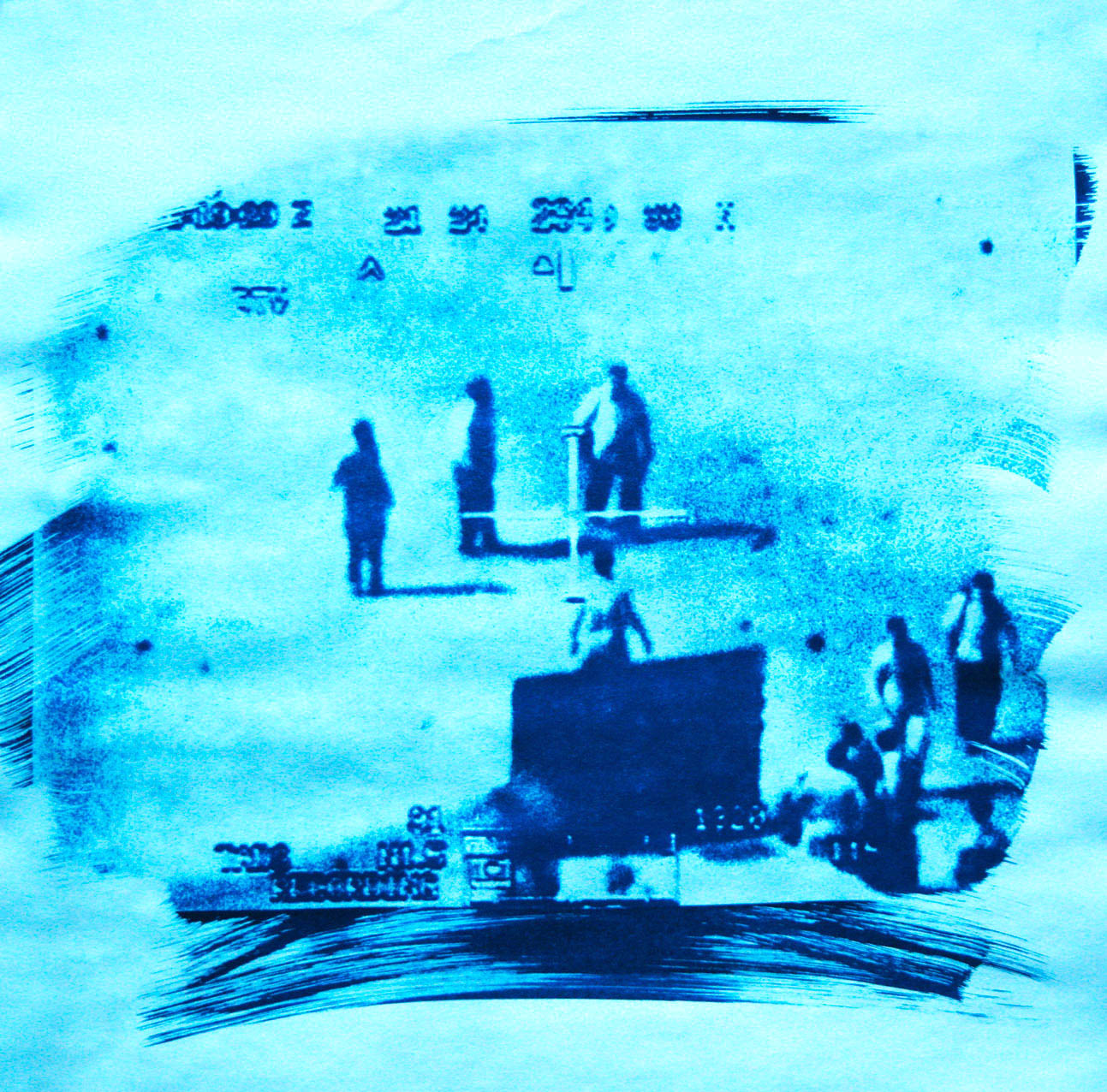
The cyanotype,
also known as a blueprint, is considered among the easiest of all the historical methods. Dating from 1842, this classic Prussian blue process is a great place to explore. Cyanotypes are economical, permanent, have few pitfalls, and are versatile in that a variety of toning effects are possible.
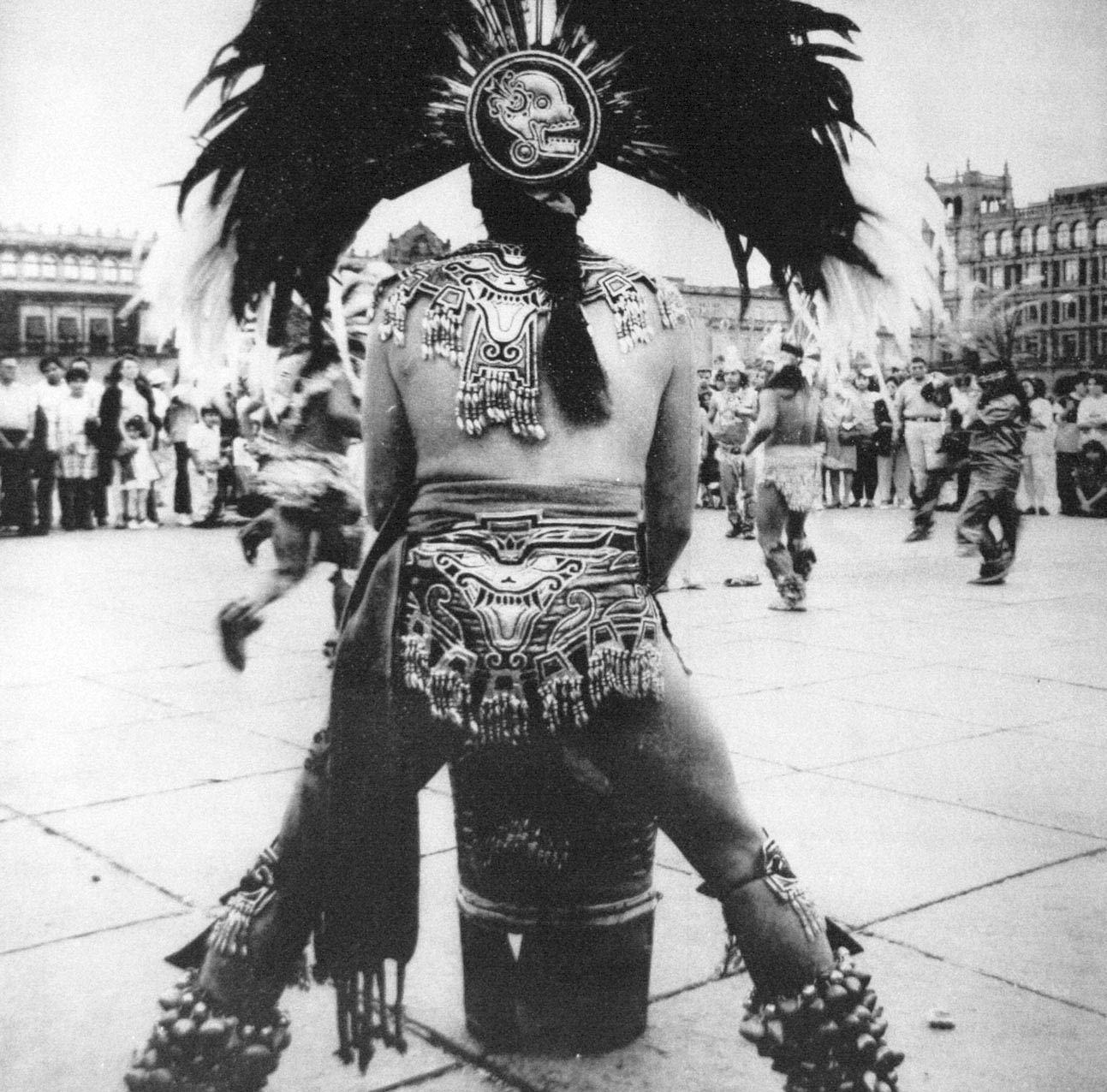
The Bromoil Process
was an early photographic process that was very popular with the Pictoralist during the first half of the twentieth century. The soft, paint-like qualities of the prints are very typical for this genre. In this a bromide print, which had the advantage of being able to be enlarged, was used as a basis for inking. Two actions were then necessary; the bleaching away of the silver image and the hardening of the gelatine in proportion to the amount of silver.






